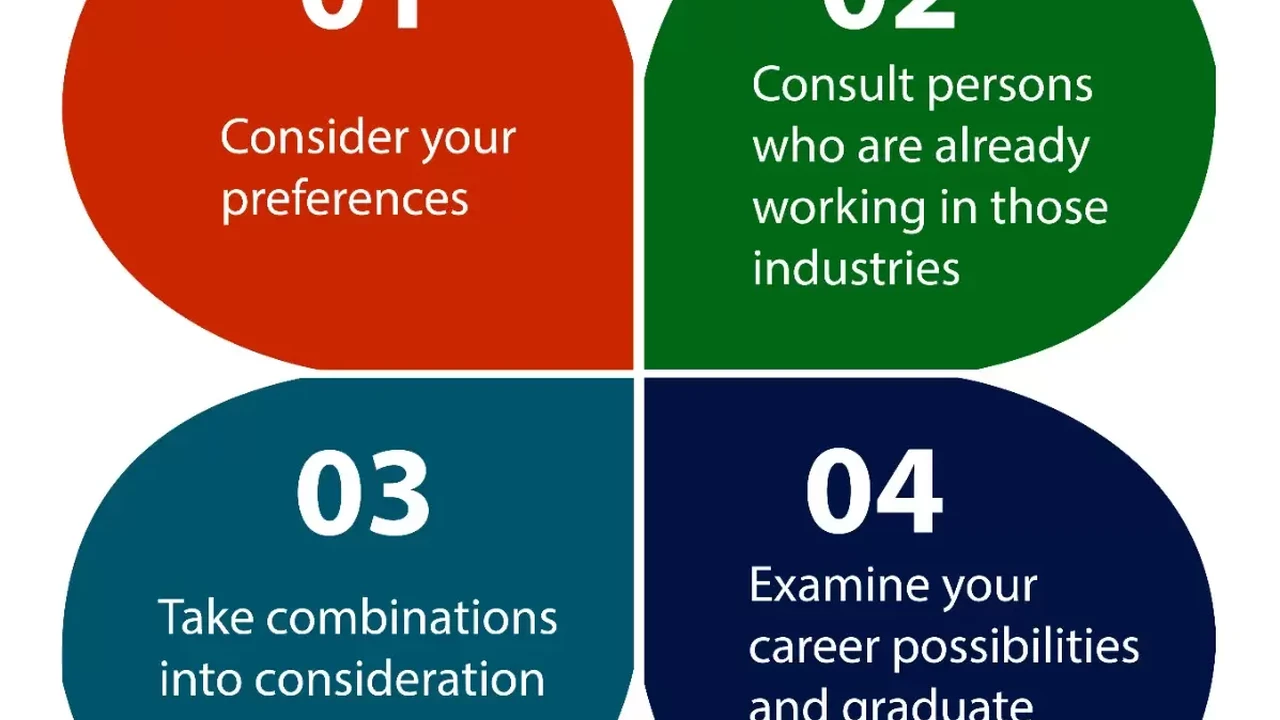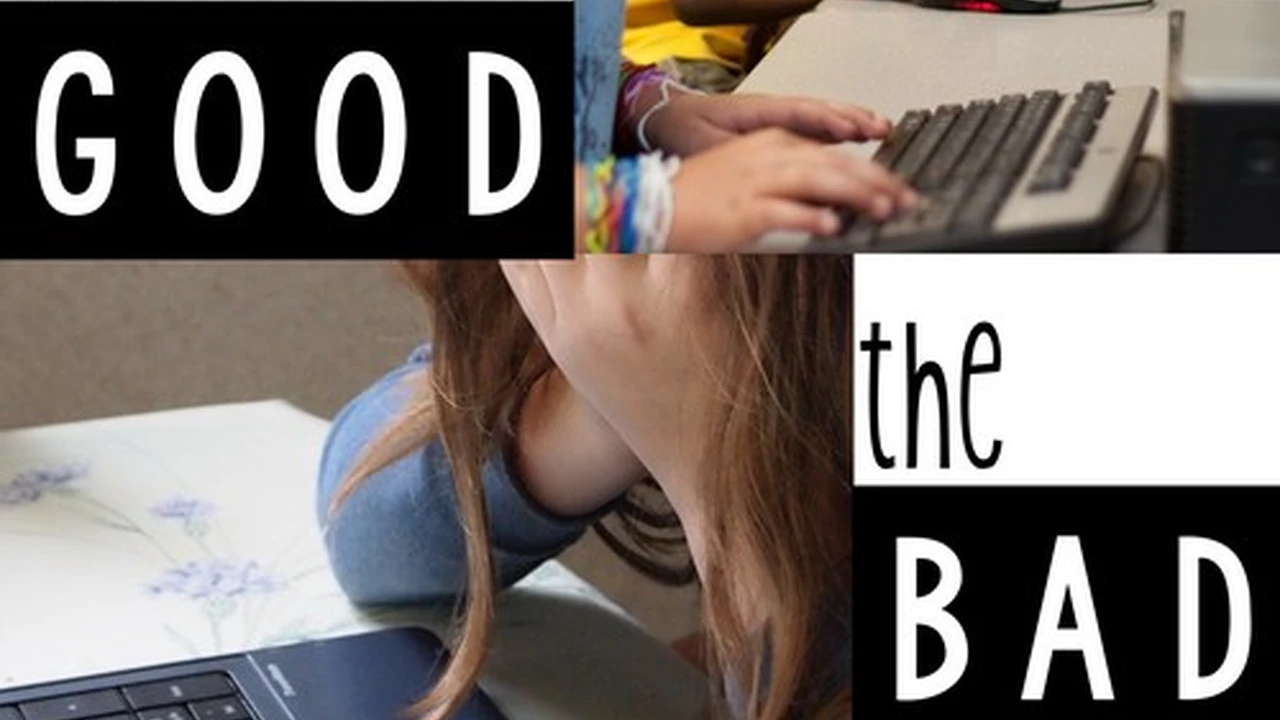Best Practices for Managing Your Digital Footprint
Protect your online reputation with best practices for managing your digital footprint. Maintain a positive presence for future opportunities.

Best Practices for Managing Your Digital Footprint
In today's hyper-connected world, your digital footprint is more than just a collection of your online activities; it's a reflection of your personal brand, a record of your interactions, and a significant factor in how you're perceived by potential employers, academic institutions, and even new friends. Every post, every like, every comment, and every photo contributes to this ever-growing digital identity. For students, especially, understanding and actively managing this footprint is crucial. It's not just about avoiding embarrassing moments; it's about strategically building a positive online presence that opens doors rather than closes them.
Think of your digital footprint as your online resume, constantly being updated and reviewed. What story is it telling about you? Is it consistent with the image you want to project? This comprehensive guide will delve into the best practices for managing your digital footprint, offering actionable advice, comparing tools, and highlighting key considerations to ensure your online presence works for you, not against you.
Understanding Your Current Digital Footprint Online Presence Audit
Before you can manage your digital footprint, you need to know what it currently looks like. This involves a thorough audit of your existing online presence. Start by searching for yourself on major search engines like Google, Bing, and DuckDuckGo. Use different variations of your name, including nicknames or previous usernames. Pay attention to the first few pages of results, as these are what most people will see.
Next, review your social media profiles. This includes platforms like Facebook, Instagram, Twitter, LinkedIn, TikTok, and any other sites you actively use or have used in the past. Look at your posts, photos, comments, and even what others have tagged you in. Are there any old posts that might be misinterpreted or reflect poorly on you now? Consider the privacy settings on each platform. Are they set to restrict who can see your content?
Don't forget about old accounts or forums you might have participated in years ago. Even seemingly innocuous comments can resurface. Tools like BrandYourself.com (a reputation management service, often with a free basic scan) or simply setting up Google Alerts for your name can help you monitor new mentions of yourself online. While BrandYourself offers more comprehensive services, a basic Google Alert is a free and effective way to stay informed about new content associated with your name. For a more in-depth, professional audit, services like Reputation.com (starting at around $200-$500 per month for individuals) offer detailed reports and active management, but these are typically for more serious reputation issues and are beyond the scope of most student budgets.
Cleaning Up Your Digital Past Removing Negative Content
Once you've identified potentially problematic content, the next step is to address it. The easiest solution is to delete or privatize old posts, photos, or comments that no longer align with your desired image. On platforms like Facebook and Instagram, you can often bulk delete or archive old content. For example, Instagram's 'Your Activity' section allows you to review and manage your interactions and content.
If you find content posted by others that you're tagged in, politely ask them to remove it. If they refuse or are unresponsive, you might be able to report it to the platform if it violates their terms of service (e.g., harassment, privacy violations). For content on websites you don't control, such as old forum posts or news articles, removal can be more challenging. You might need to contact the website administrator directly. In some cases, if the content is defamatory or illegal, legal action might be an option, but this is a last resort and often costly.
For persistent negative search results, a strategy called 'content suppression' can be employed. This involves creating a large volume of positive, relevant content about yourself to push the negative results further down in search rankings. This is where building a strong positive online presence becomes crucial.
Building a Positive Digital Presence Strategic Content Creation
The best defense is a good offense. Actively creating positive, professional, and relevant content about yourself is key to shaping your digital footprint. Consider these strategies:
Professional Social Media LinkedIn Optimization
LinkedIn is your professional online resume. Ensure your profile is complete, up-to-date, and highlights your skills, experiences, and academic achievements. Connect with professors, classmates, and professionals in your field of interest. Share relevant articles, participate in industry discussions, and seek recommendations from mentors or supervisors. A strong LinkedIn profile can significantly boost your professional image. There are no direct costs associated with a basic LinkedIn profile, making it an invaluable free tool for students.
Personal Website or Portfolio Showcasing Your Work
Creating a personal website or online portfolio is an excellent way to showcase your projects, skills, and interests. This could be a simple blog, a portfolio of your design work, or a site detailing your academic research. Platforms like WordPress.com (free basic plan, paid plans starting around $4/month for more features), Wix.com (free basic plan, paid plans starting around $16/month), or Squarespace.com (starting around $16/month) offer user-friendly tools to build professional-looking websites without coding knowledge. For students in creative fields, platforms like Behance.net (free) or Dribbble.com (free for basic profiles) are excellent for showcasing visual work.
Thought Leadership and Engagement Blogging and Commenting
Share your knowledge and insights by writing blog posts on topics you're passionate about, or by contributing thoughtful comments to relevant articles and forums. This demonstrates your expertise and engagement. Consider platforms like Medium.com (free to publish) or starting a blog on your personal website. Ensure your contributions are well-researched, respectful, and add value to the conversation.
Online Courses and Certifications Displaying New Skills
As you complete online courses or earn certifications (e.g., from Coursera, edX, Google Certificates), make sure to add them to your LinkedIn profile and personal website. This demonstrates your commitment to continuous learning and skill development. Many platforms offer free courses or financial aid for paid certifications, making them accessible to students.
Privacy Settings and Data Management Protecting Your Information
Regularly review and adjust the privacy settings on all your social media accounts and online services. Understand what information is public, what is visible to your connections, and what is private. Be mindful of what you share, especially personal details like your address, phone number, or daily routines.
Consider using a password manager (e.g., LastPass, 1Password, Bitwarden) to create and store strong, unique passwords for all your accounts. Many offer free tiers for basic use. Enable two-factor authentication (2FA) wherever possible for an extra layer of security. Be cautious about clicking on suspicious links or downloading attachments from unknown senders, as these can lead to phishing attacks or malware that compromise your data.
Think about the data you're generating. Every app you use, every website you visit, collects data about you. While it's impossible to avoid this entirely, you can minimize it by using privacy-focused browsers (like Brave or Firefox with enhanced tracking protection), opting out of data collection where possible, and regularly clearing your browser's cookies and cache.
Long Term Digital Footprint Management Ongoing Monitoring
Managing your digital footprint isn't a one-time task; it's an ongoing process. Regularly search for your name online, review your social media profiles, and update your privacy settings. Set up Google Alerts for your name to be notified whenever new content featuring you appears online. This proactive approach allows you to address any issues quickly and maintain a consistent, positive online presence.
Be mindful of the content you consume and share. The algorithms of social media platforms and search engines are designed to show you more of what you interact with. By engaging with positive, constructive content, you can subtly influence your own digital environment and the information that is associated with you.
Finally, remember that your digital footprint is a powerful tool. When managed effectively, it can enhance your academic and professional opportunities, connect you with valuable networks, and present a compelling narrative of who you are and what you aspire to be. By taking control of your online presence, you're investing in your future success.
:max_bytes(150000):strip_icc()/277019-baked-pork-chops-with-cream-of-mushroom-soup-DDMFS-beauty-4x3-BG-7505-5762b731cf30447d9cbbbbbf387beafa.jpg)






